For budget planetary photography focusing, you’ll get great results with DIY Bahtinov masks that create distinctive diffraction spikes for perfect focus. Your camera’s Live View feature enables 5-10x magnification of stars. Consider modified webcams like the Logitech C270 for high frame rates. Free software like FireCapture and RegiStax dramatically improve capture quality. Parfocal eyepieces with camera adapters maintain focus during magnification changes. These affordable tools can transform your planetary imaging without breaking the bank.
Bahtinov Masks: DIY and Commercial Options

When struggling to achieve perfect focus on planets and stars, a Bahtinov mask can transform your astrophotography results. These ingenious devices create distinctive diffraction spikes around bright stars, visually indicating when you’ve achieved precise focus.
You’ll find two main options for acquiring a Bahtinov mask. The DIY route allows you to create your own using online templates and basic materials like cardboard or plastic, customized to your telescope’s aperture—an affordable focusing solution that costs next to nothing.
Alternatively, commercial options provide greater durability with acrylic or plastic construction that withstands outdoor conditions.
Whichever path you choose, these masks considerably improve the sharpness of your planetary images, making them essential tools for photographers at any skill level who want crisp, detailed astronomical shots.
Digital Focus Assist With Camera Live View
One powerful focusing method that’s revolutionized planetary photography involves using your camera’s Live View feature. Most modern digital cameras offer this capability, allowing you to magnify a bright star by 5x or 10x to achieve precise focus.
You’ll want to switch to manual focus and approximately set your lens to infinity before making fine adjustments.
For planetary imaging, Live View is particularly valuable since planets appear small in your field of view. The zoom option lets you see minute details and diffraction spikes that would be invisible otherwise.
Remember to disable autofocus, as it typically struggles with dim celestial objects.
Don’t forget to periodically recheck your focus throughout your imaging session, as temperature fluctuations can cause subtle shifts that affect your ability to capture sharp images.
Modified Webcams for Precise Planetary Focus

Although high-end cameras dominate professional astrophotography, modified webcams offer an exceptional budget alternative for planetary imaging. By removing the lens from common models like Logitech’s C920 or C270, you can attach these directly to your telescope’s eyepiece port.
The small sensors in these webcams excel at capturing high-frame-rate videos, allowing you to record moments of good atmospheric seeing. You’ll appreciate the real-time focusing capabilities through live feed displays, making precise focus adjustments much easier than with traditional methods.
Many amateur astrophotographers find budget modifications can be completed at home, saving hundreds compared to dedicated planetary cameras.
Compatible with software like SharpCap and FireCapture, these modified webcams help you capture sharp images of planets without breaking the bank—perfect for beginners wanting quality results without premium equipment costs.
Free Planetary Focusing Software Tools
While expensive equipment often gets the spotlight, free software tools actually provide the backbone for successful planetary imaging on a budget.
You’ll find FireCapture and SharpCap invaluable for capturing high frame rate video, allowing you to select only the sharpest frames for processing.
After capture, PIPP helps streamline your workflow by cropping and aligning frames, dramatically improving stacking efficiency.
RegiStax offers advanced stacking capabilities specifically designed for planetary images, helping you extract maximum detail from your captures.
For additional video processing and frame extraction, VirtualDub serves as an excellent budget-friendly option.
These free software options eliminate costly barriers to planetary imaging setups while delivering professional-quality results.
Parfocal Eyepiece and Camera Adapters

Complementing the software tools mentioned earlier, parfocal eyepieces and camera adapters represent tangible hardware solutions that markedly improve planetary focus without breaking the bank.
These eyepieces maintain focus when switching magnifications during planetary observations, with many featuring built-in reticles for precise celestial positioning.
When connecting your camera to your telescope, T-adapters and T-rings provide the secure attachment needed for stable planetary imaging.
You’ll appreciate how this setup allows you to visually confirm focus through the parfocal eyepiece before switching to your camera sensor for capture.
Always verify compatibility between your parfocal eyepieces, camera adapters, and telescope model.
Mismatched components often cause vignetting or inadequate focus depth—common issues that can frustrate your astrophotography efforts.
With the right combination, you’ll achieve crisp planetary images without constant refocusing.
Frequently Asked Questions
What Is the Best Focal Length for Planetary Photography?
You’ll want focal lengths between 200-400mm for planetary photography. Use 300mm for smaller planets like Mars, and 600-1200mm for Jupiter and Saturn. Consider using a Barlow lens to increase magnification.
What Is the Best Way to Photograph Planets?
You’ll capture planets best by using a high-frame-rate camera, adding a quality Barlow lens, stacking multiple images with software like AutoStakkert!, ensuring precise focus, and shooting during good atmospheric conditions.
What Is the Best Cheap Camera for Astrophotography?
For budget astrophotography, you’ll get great results with the ZWO ASI462MC for planets or the Canon EOS Rebel T7 for versatility. The ASI120MM Mini offers excellent value if you’re just starting out.
What Focal Length Is Needed to See Planets?
You’ll need at least 500mm of focal length to see planets clearly, but 1000mm+ is ideal for finer details. Consider adding a Barlow lens to double your telescope’s focal length for better views.
In Summary
You don’t need expensive equipment to capture stunning planetary images. With these five budget-friendly focusing tools, you’ll achieve sharper results whether you’re a beginner or experienced astrophotographer. Try making your own Bahtinov mask, utilize your camera’s live view, convert an old webcam, download free focusing software, or invest in parfocal adapters. The perfect planetary focus is within your reach without breaking the bank.
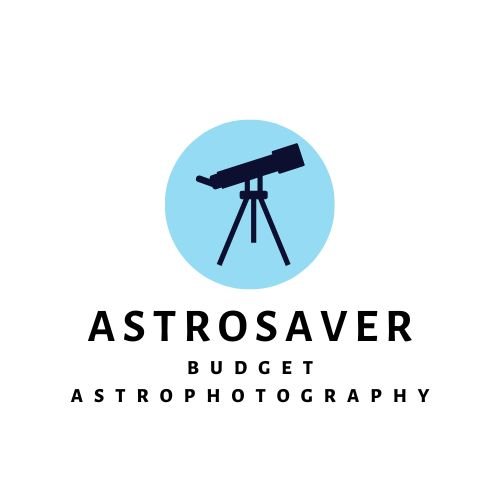
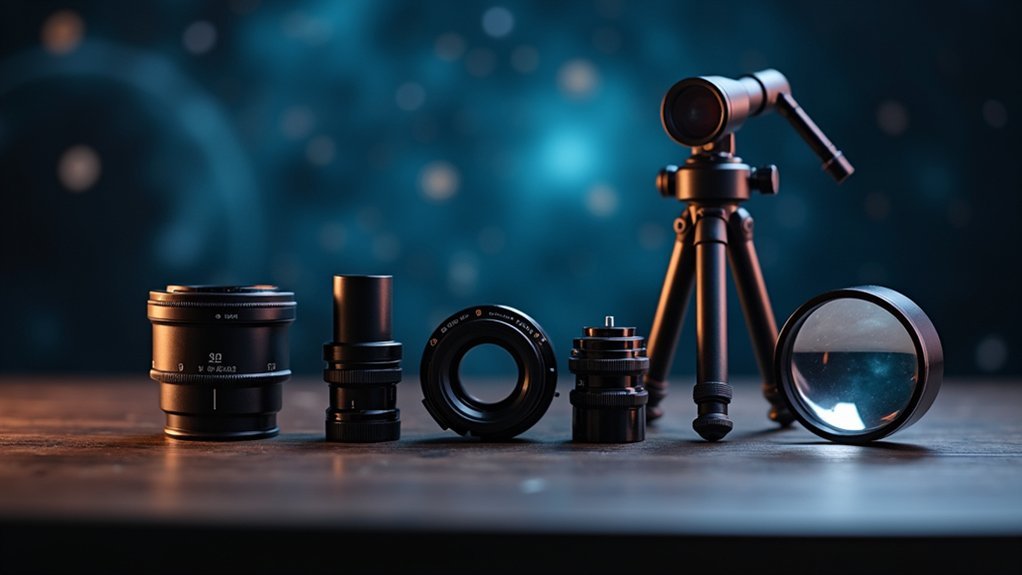
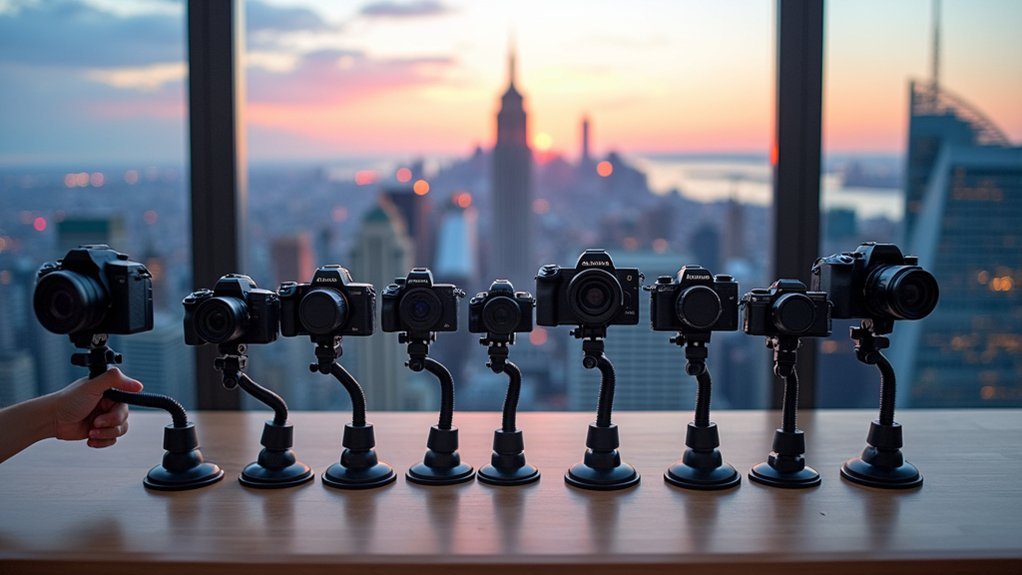
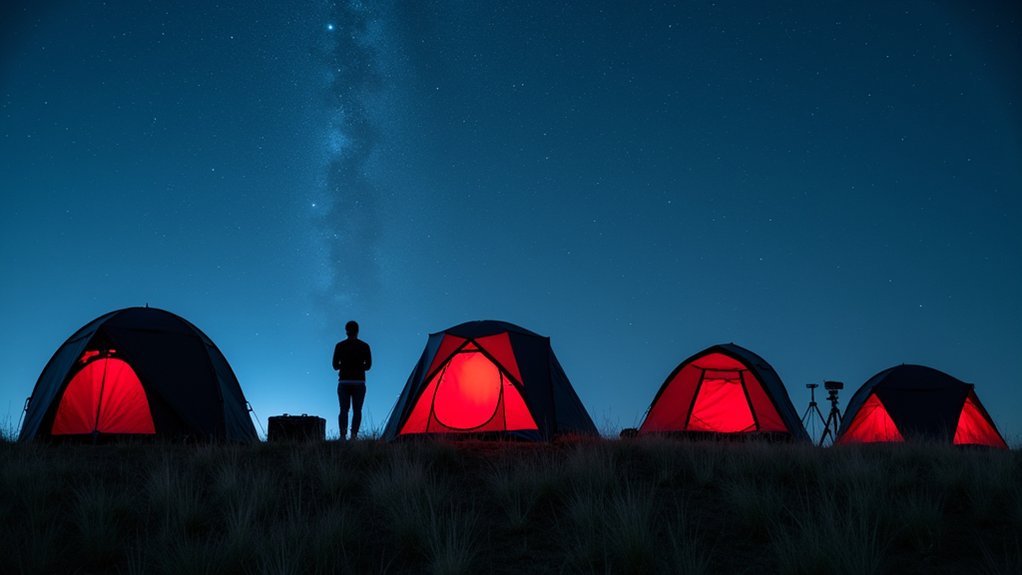
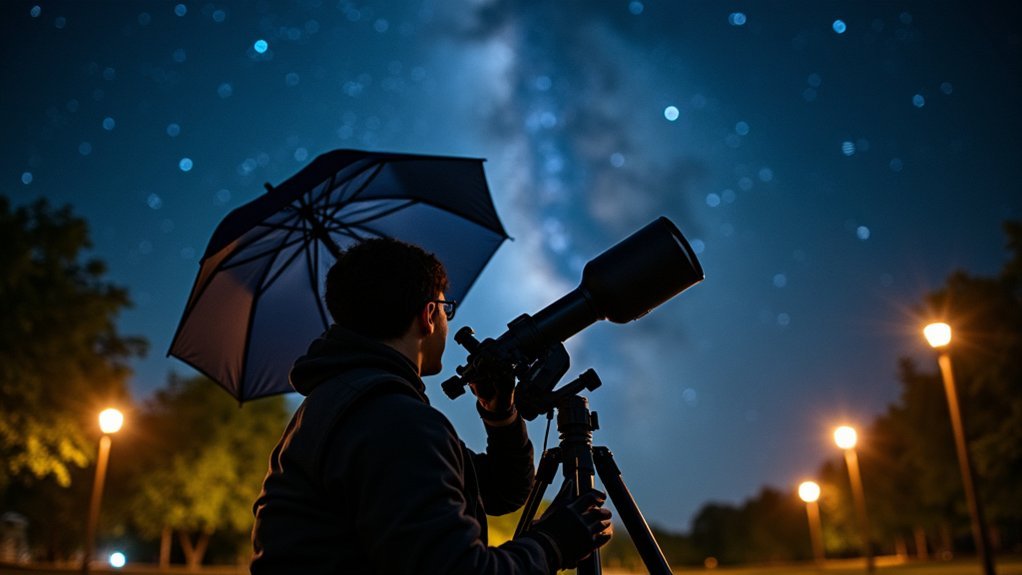
Leave a Reply